This post is an update of our post from 2021: When you are at the regatta site, pay attention to the position of the fin on the Coastal Rowing boats. Each manufacturer has its own unique features. And if you now think to yourself: “It doesn’t matter!” – you are mistaken. Boat manufacturers always position the “fins” according to the boat’s purpose and the water environment’s characteristics. If you are looking for a boat or want to buy one, always ask yourself which fin and what is the optimal position of the fin for your purpose?
Default setting of the fin:
How far should the fin be from the stern? One sees again and again that, for example, with a Co2x, a rule of thumb of about 1.50 m applies. But also 1.60 m is not unusual.
We have collected some facts about the position of the fin for you after discussions with manufacturers and rowers:
- Fin position: the further back towards the stern the fin is placed, the better planing characteristics your boat will get. The further forward towards the bow the fin is set, the more turning the boat will be. A centered position makes sense if you have a complicated three-legged course with sharp turns. Long-distance races or marathons require more planing ability and a stern-facing fin.
- Currents and tides: large fins are more susceptible to currents and offer more surface area to attack. Again, look at the weather and course before placing the fin.
- Beach Sprints: Small fins close to the stern are best here. This race is about short, fast courses, whereas much planing as possible is the order of the day.
- Touring: Here you are looking for stability and good straight-line speed. Speed is not the primary goal. That’s why a longer fin (which is often also the rudder) makes sense.
As with everything, the right compromise must be found in fin design. Depending on the rowing area, there are also fins for different purposes.
What kind of fins are there? The US box has proven itself!
Most of the well-known manufacturers of Coastal boats install a so-called US-Box. A proven and often sold system. You can get it in Nautic Shops, on the Internet, and in many other places. The advantage: This system is standardized and easy to replace. SUPs and surfers also use this system. Manufacturers like SWIFT use their own system. A bit heavier and more expensive, and the installation is a bit more complicated for our imagination. But it is not a no-go.
The optimal position of the fin: Different systems
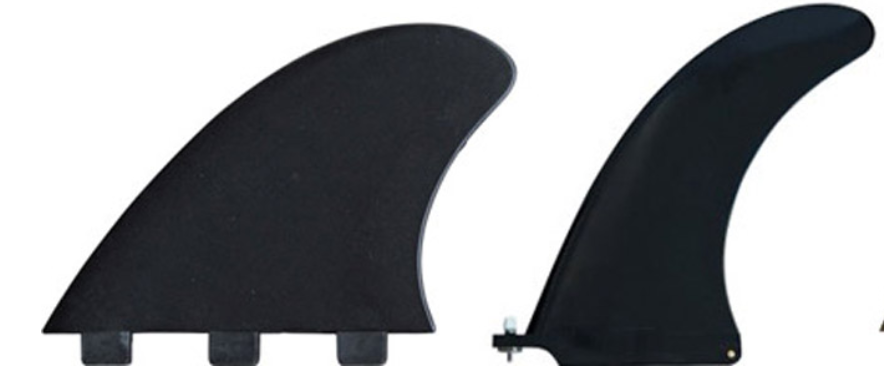
- The fin length: The longer a fin is, the more straight line and stability it brings. But as the size cuts into the water, speed is also lost. A small fin thus brings more speed than a large fin, purely in terms of resistance. However, this small fin costs additional power (and ultimately also speed) for straight rowing. I have to steer much more, and the boat becomes more wobbly. A clever compromise solution is needed here.
-
- Long fin –> straight running
- Long fin –> stability
- Long fin –> more drag, less speed
- Short fin –> fast, more unstable, more unsteady straight running
- Short fin –> optimal for the beach sprint
-
- The fin surface: Again, surface and length should complement each other and be adapted to the water. The larger the surface, the more boat stability and grip is ensured. The downside of a large surface is a slower approach speed and less turning ability. Here, too, a good compromise is required. Heavy rowers or tourers often choose larger fins, while lighter rowers tend to prefer smaller ones.
A lot of surface area –> stability
Much surface –> reduced maneuverability - Thin fin profiles cut better into the water and thus usually provide less drag. However, depending on the material, you may lose stiffness and robustness here. Our Tip:
Ask the manufacturer or Coastal-boats.com:
Most boatyards will help you select fins. RUBENETTI and RS Boats can even adjust the fin positions according to your wishes, which is really practical. Swift also offers solutions with plug-in fins.

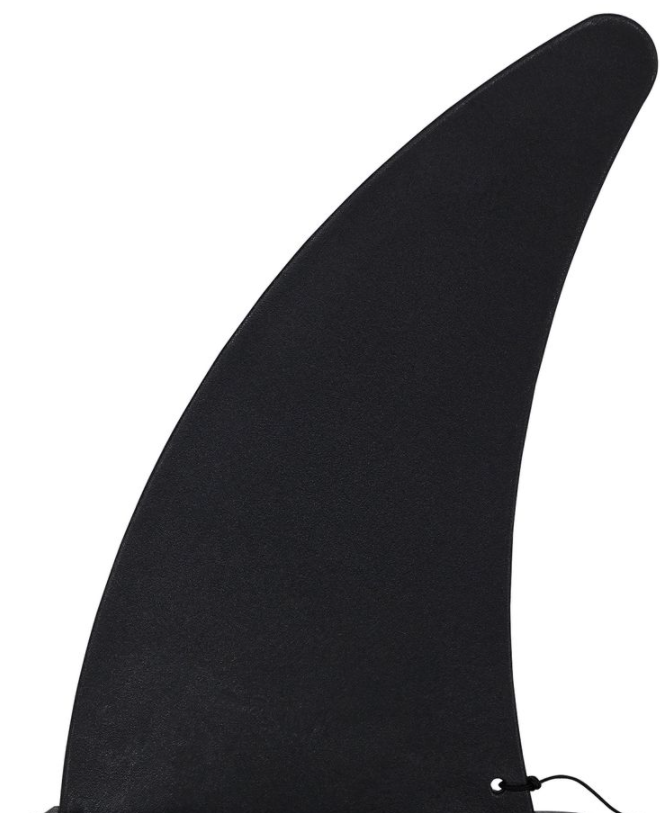
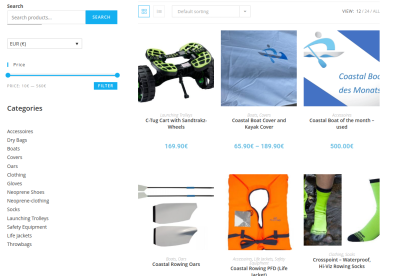
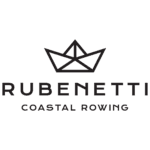

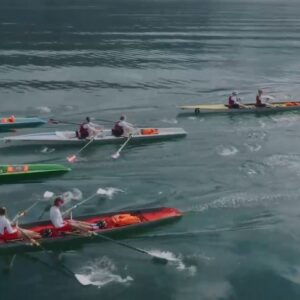
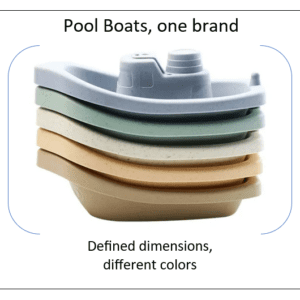
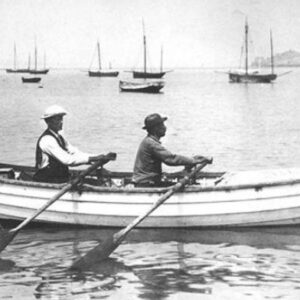
This Post Has 2 Comments
With the newness of coastal rowing, perhaps you could learn from the prone paddleboard folks? They often both move their fins as well as change the shapes and design to achieve control or glide.
In outrigging canoeing, again the size and position of fins are an important factor in control.
Time to look outside the crew/rowing world
I build coastal boats and I have in all 10 boats built this far having an adjustable fin that way I manage all conditions current, waves and wind direction you adjust the depth acordingly and its done from the cockbit and works easy. If something is hitting the boat it folds in an compressing a spring that fold it out again.Its a common kayak solution , kayaker who knows this dont use rudders very much..